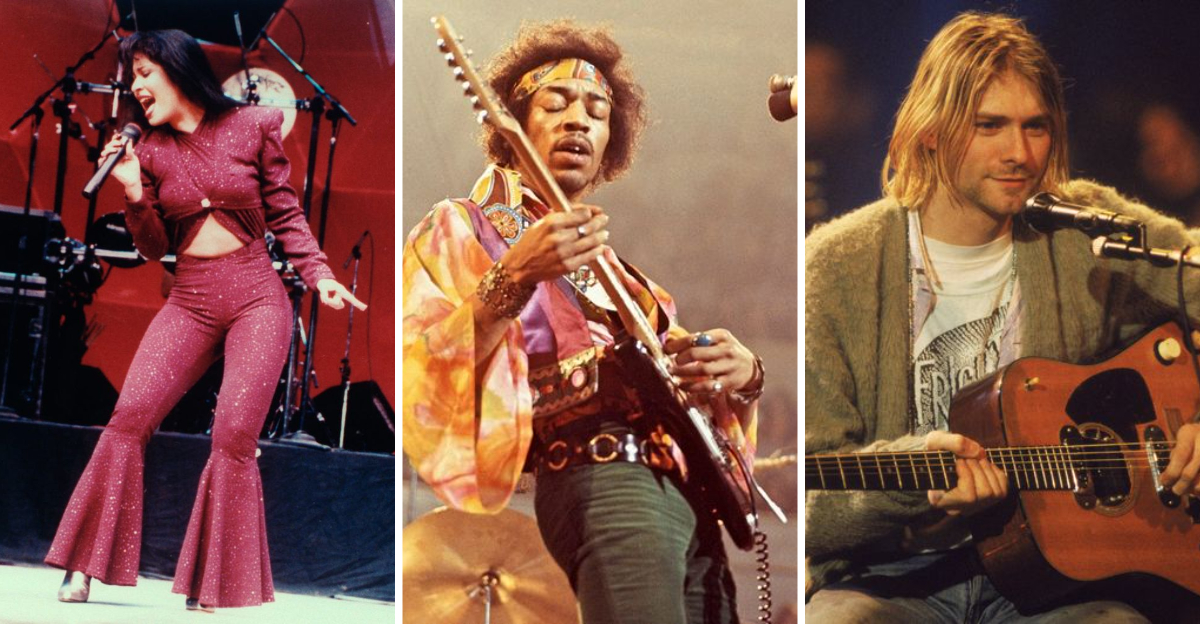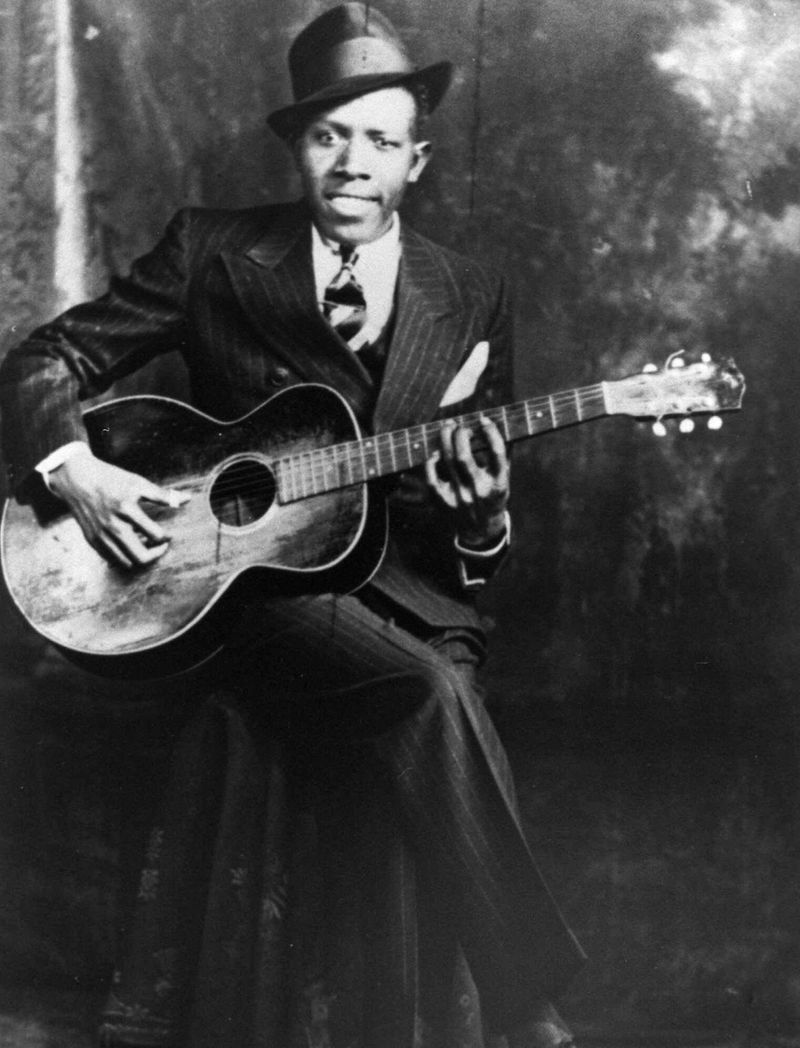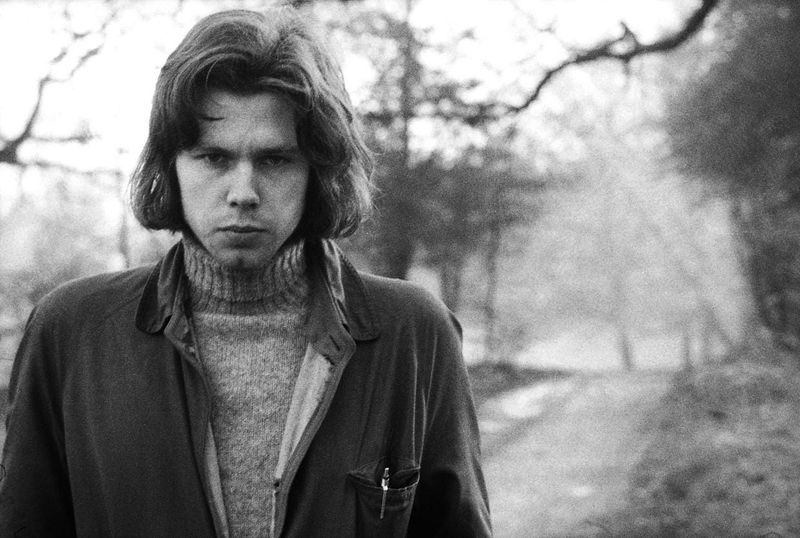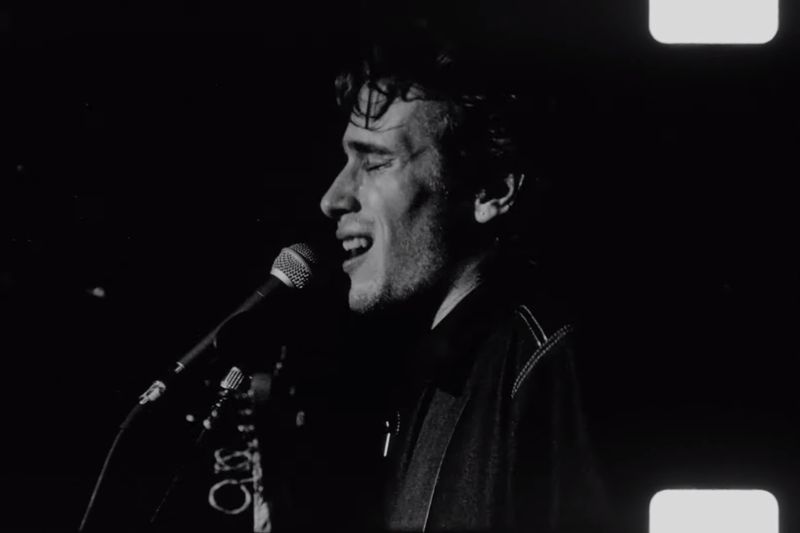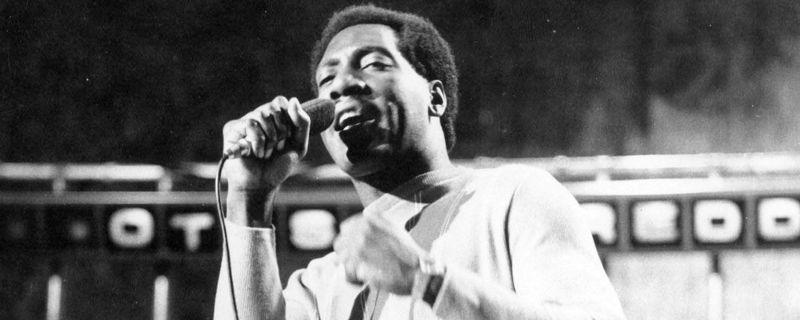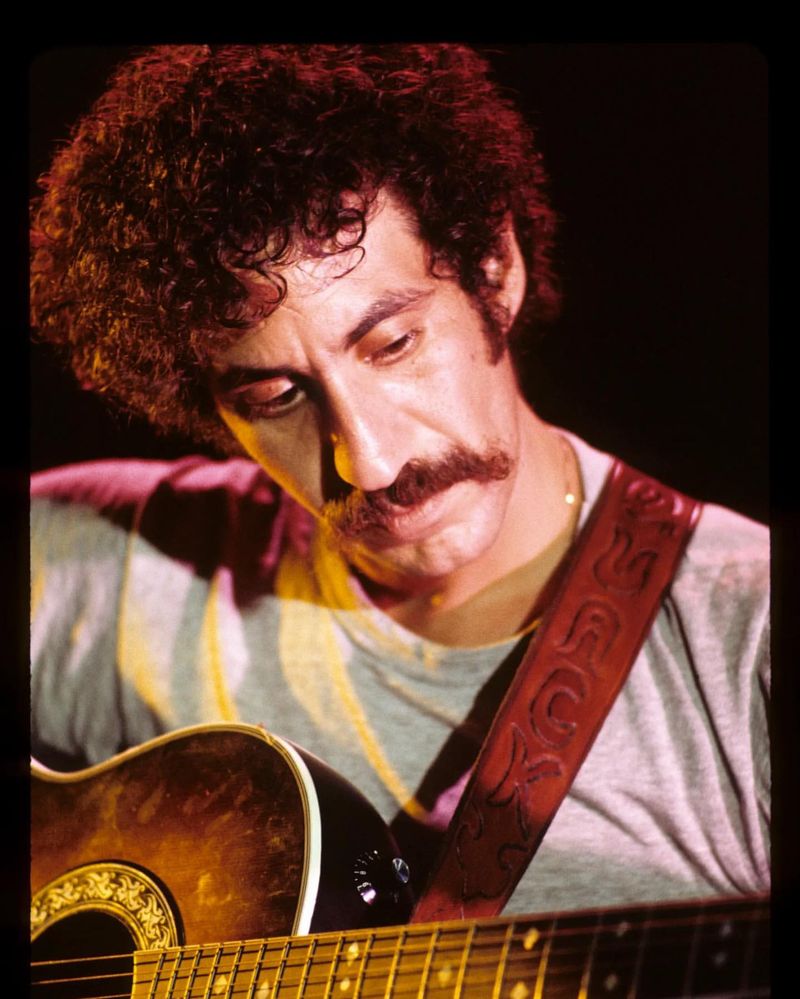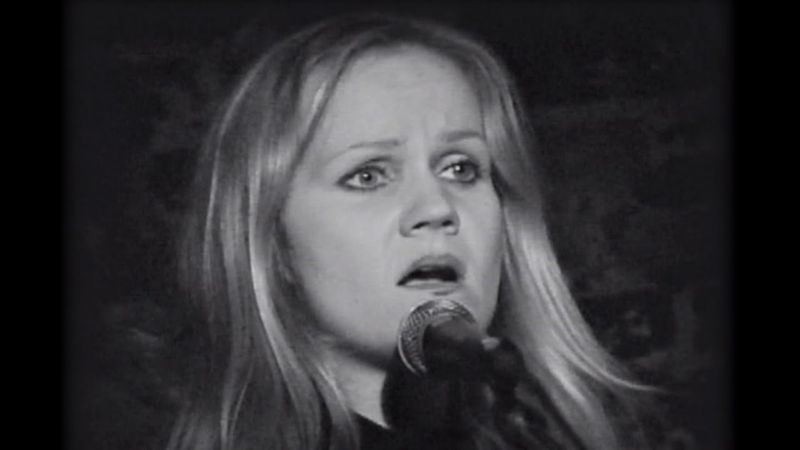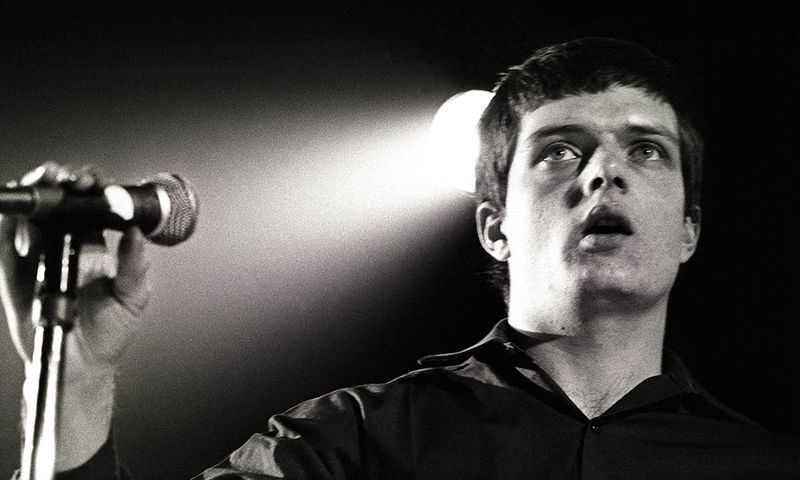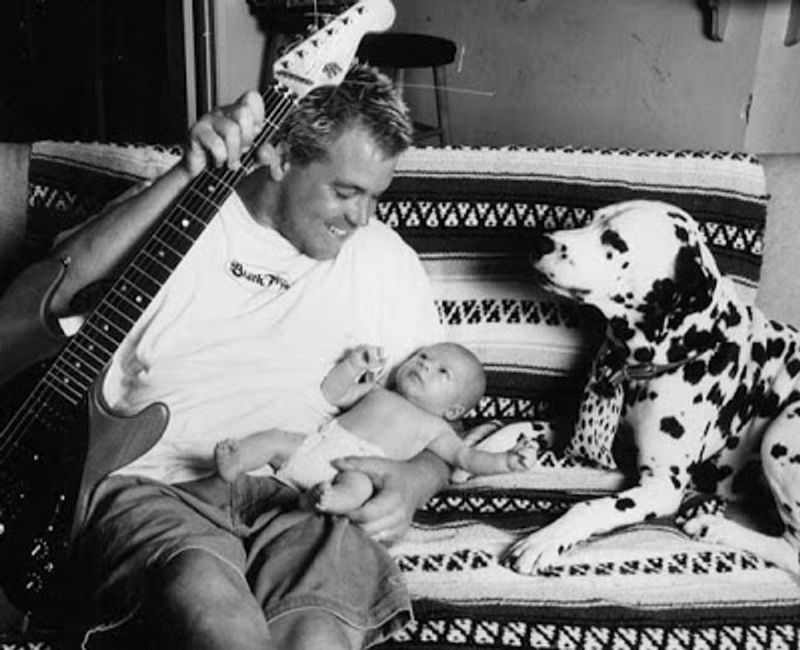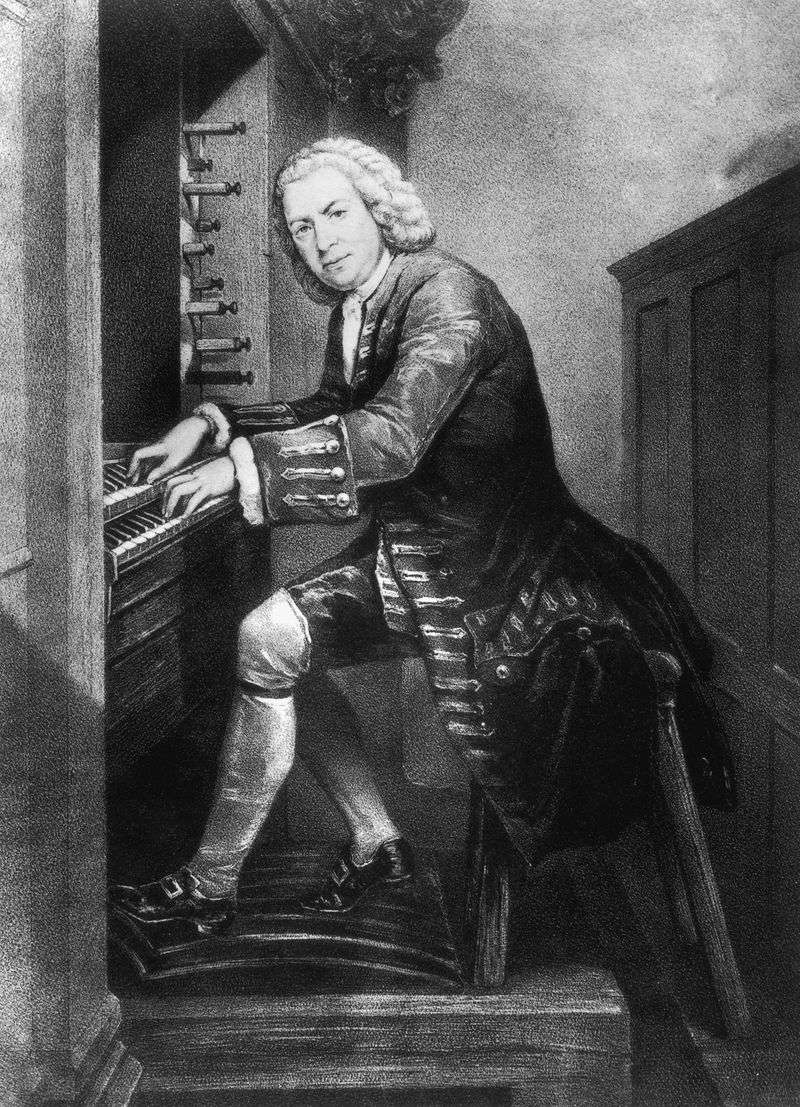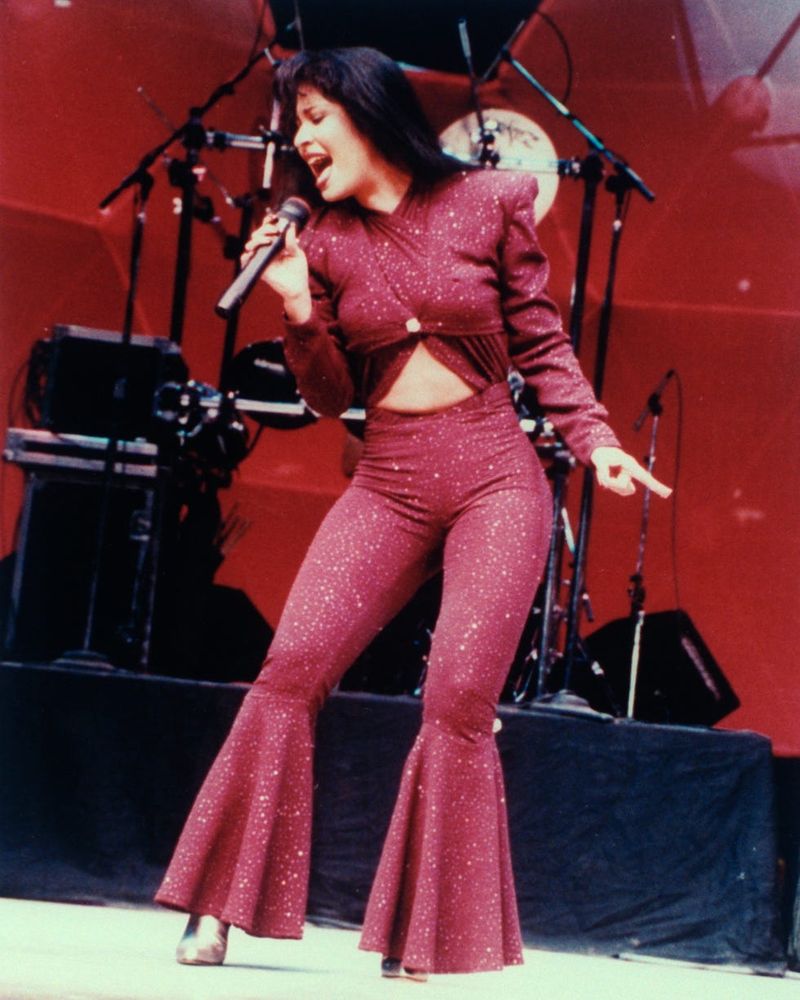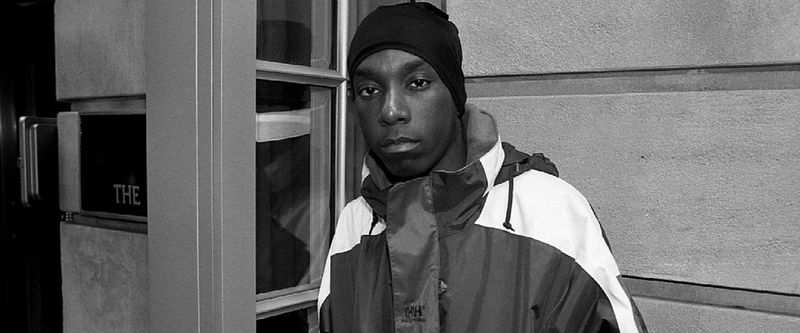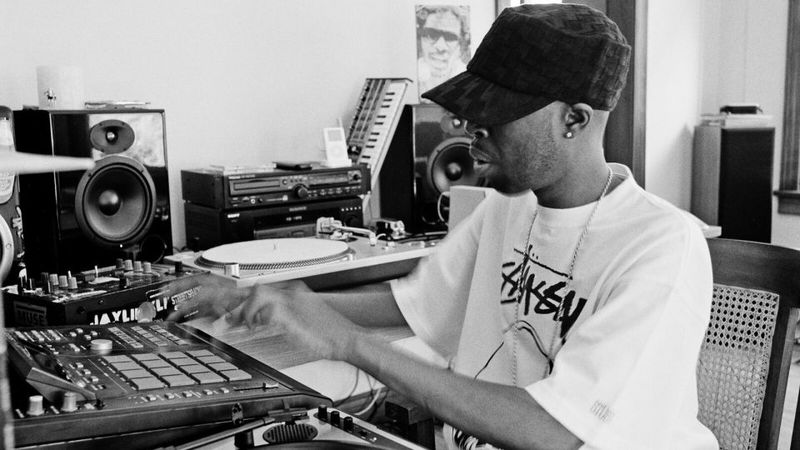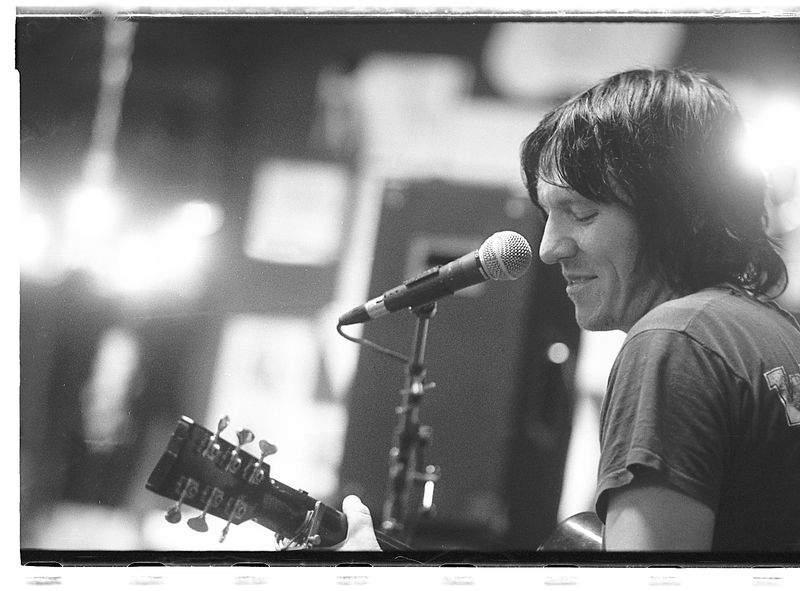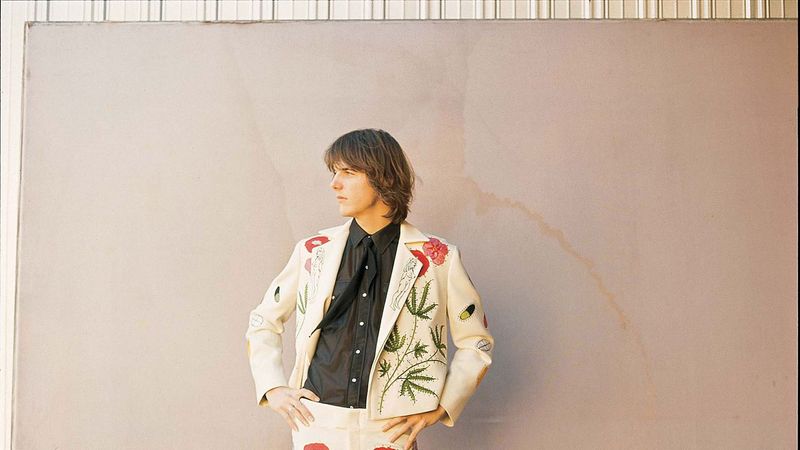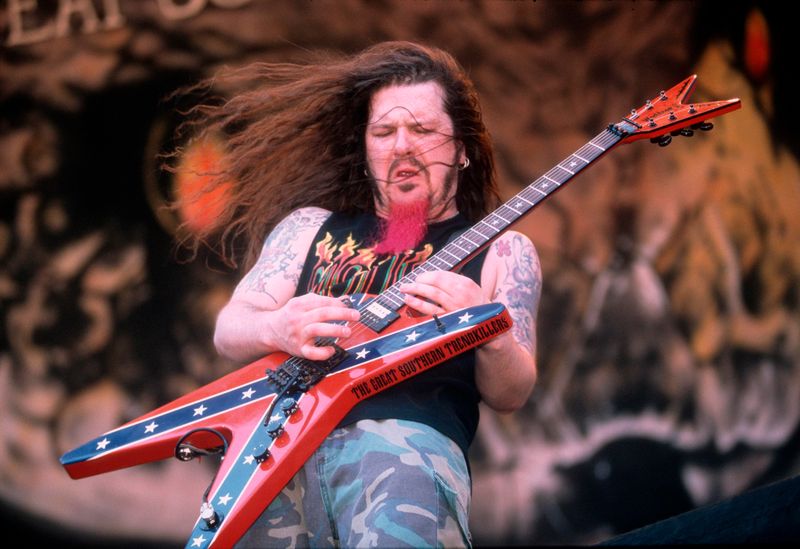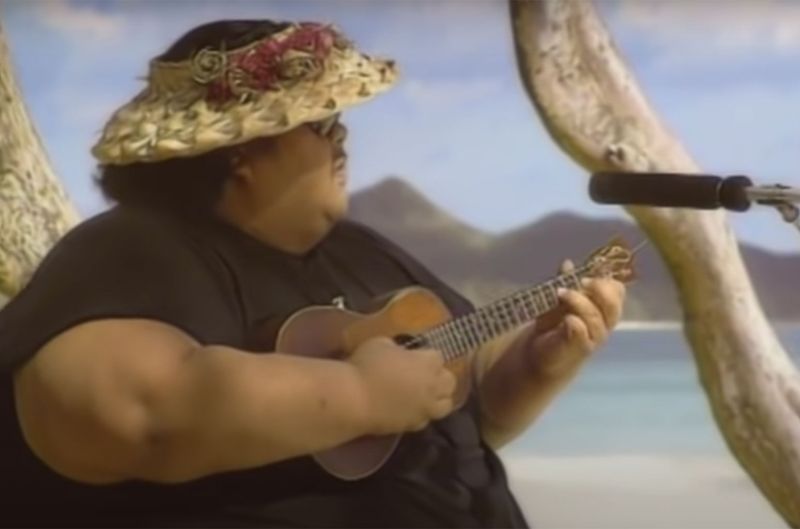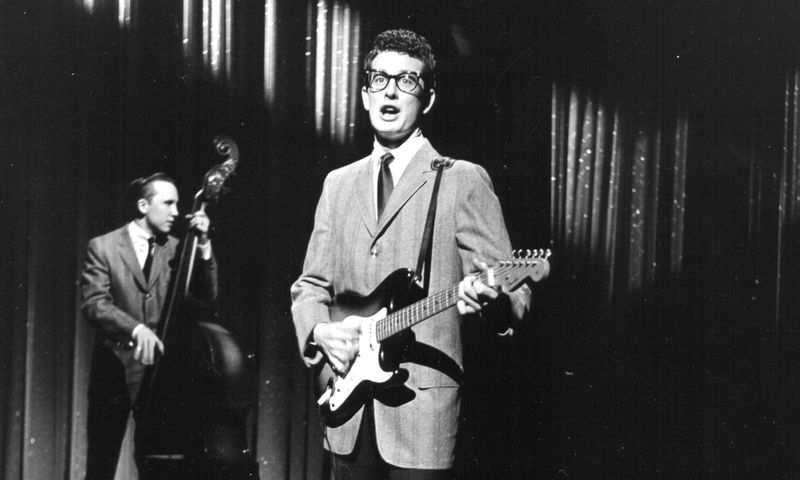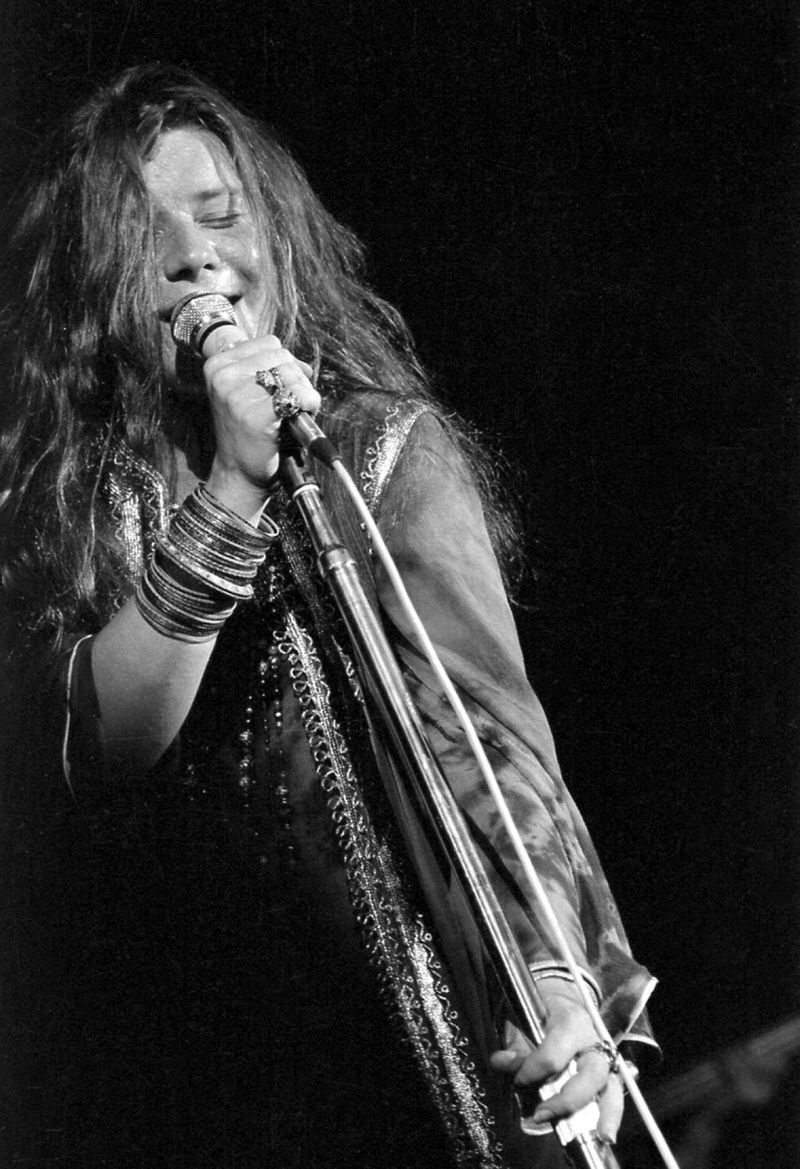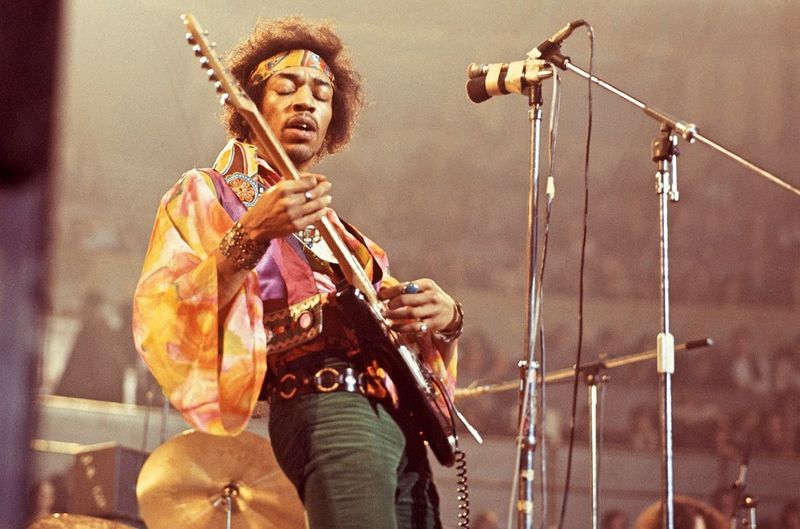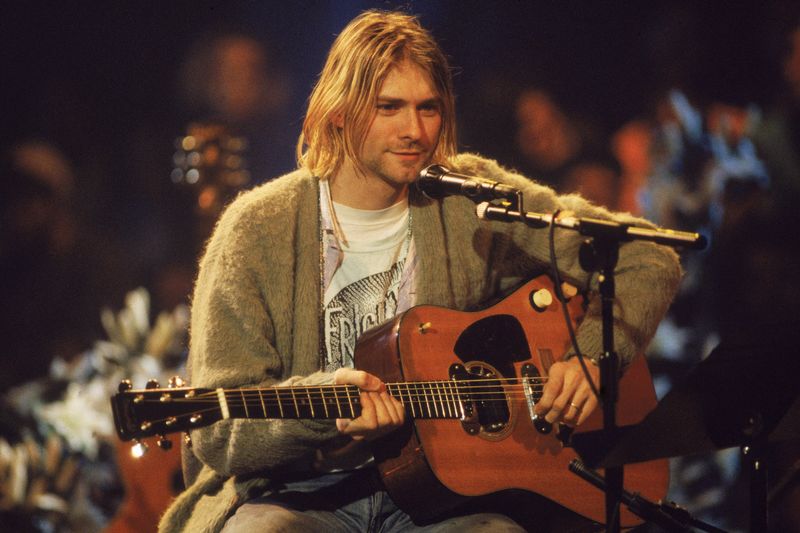Music has a strange way of living on long after its creators are gone. Some artists create masterpieces that the world isn’t ready for until they’re no longer here to witness their impact. Death sometimes amplifies an artist’s voice, turning overlooked talents into cultural icons. These 20 musicians found their greatest fame after they left this world, their legacies growing more powerful with each passing year.
1. Robert Johnson: The Devil’s Guitarist
The Mississippi bluesman recorded just 29 songs before his mysterious death at age 27 in 1938. Rumors swirled that Johnson sold his soul to the devil at a crossroads for his extraordinary guitar skills. His innovative playing remained virtually unknown until the 1960s folk revival, when rock giants like Eric Clapton and Keith Richards discovered his work. Johnson’s haunting vocals and complex fingerpicking transformed from obscure 78 rpm records into the very foundation of rock music. Today, those sparse recordings have influenced countless musicians across blues, rock, and beyond, proving greatness needs no quantity—just quality.
2. Nick Drake: Pink Moon Rising
Shy and tormented, Nick Drake released three albums of delicate folk music that barely registered on the charts during his brief life. The British singer-songwriter’s gentle guitar work and whispery vocals were too introspective for the glam-rock era of the early 1970s. After his suicide at 26, Drake’s albums collected dust for decades. Then, in 1999, Volkswagen featured his song “Pink Moon” in a commercial, introducing millions to his melancholic genius. Now considered one of folk music’s most influential voices, Drake’s small catalog has become a touchstone for sensitive souls everywhere, proving commercial success isn’t the only measure of artistic impact.
3. Jeff Buckley: The Drowning Voice
With a voice that could soar from whisper to wail in a heartbeat, Jeff Buckley seemed destined for superstardom. His 1994 debut album “Grace” showcased his extraordinary vocal range and emotional depth, yet commercial success eluded him. While taking an impromptu swim in Memphis’s Wolf River in 1997, Buckley drowned at just 30 years old. His haunting cover of Leonard Cohen’s “Hallelujah” slowly gained recognition through film soundtracks and television shows. Now regarded as one of the greatest vocalists of his generation, Buckley’s single completed album stands as a testament to unrealized potential—a masterpiece that grows more influential with each passing year.
4. Otis Redding: Dock of the Bay Legend
Soul music’s most passionate voice was silenced far too soon when Otis Redding’s plane crashed into an icy Wisconsin lake in December 1967. Just days earlier, the 26-year-old had recorded “(Sittin’ On) The Dock of the Bay,” experimenting with a mellower sound than his trademark raw, emotional performances. Released posthumously, the song became Redding’s first #1 hit and the first posthumous chart-topper in U.S. history. That whistled outro—initially just a placeholder—became one of music’s most recognizable codas. Redding never saw the civil rights movement’s progress or how his vulnerable, honest approach to soul would transform American music forever.
5. Jim Croce: Time in a Bottle’s Tragic Irony
The mustachioed storyteller with a gift for character-driven songs was finally breaking through after years of struggle. Jim Croce’s folksy tales like “Bad, Bad Leroy Brown” had just hit #1 when fate intervened. In September 1973, his small chartered plane crashed after takeoff, killing the 30-year-old singer instantly. Three months later, his poignant ballad “Time in a Bottle”—written for his infant son—topped the charts, its lyrics about mortality now heartbreakingly prescient. Croce packed five albums into just eighteen months of recording time, leaving behind a catalog of storytelling songs that capture 1970s America with warmth, humor, and remarkable emotional intelligence.
6. Eva Cassidy: The Voice That Crossed an Ocean
For years, Eva Cassidy sang in small Washington D.C. venues, covering jazz, folk, and blues standards with a crystalline voice that stopped conversations mid-sentence. Record labels couldn’t categorize her diverse repertoire, leaving her largely unknown outside her hometown. Two years after cancer claimed her at 33, a British radio DJ played her rendition of “Over the Rainbow.” The response was overwhelming, leading to her posthumous album “Songbird” topping UK charts and eventually selling millions worldwide. Cassidy never witnessed her global impact or how her interpretations of classics like “Fields of Gold” and “Autumn Leaves” would move listeners to tears decades after her passing.
7. Ian Curtis: Joy Division’s Tortured Prophet
His jerky, epilepsy-influenced dance moves and baritone voice made Ian Curtis an unlikely rock star in late-1970s Manchester. As frontman for post-punk pioneers Joy Division, Curtis wrote lyrics filled with isolation and despair while battling actual epilepsy and depression. On May 18, 1980, the night before Joy Division’s first American tour, Curtis hanged himself at age 23. The band’s second album “Closer” was released two months after his death, its somber tones and Curtis’s prophetic lyrics now impossible to separate from his suicide. The remaining members formed New Order, but Curtis’s brief creative output—particularly the posthumously released anthem “Love Will Tear Us Apart”—continues to influence generations of artists.
8. Bradley Nowell: Sublime’s Lost Voice
From the beaches of Long Beach, California came Bradley Nowell’s unique fusion of ska, punk, reggae, and hip-hop. His band Sublime created a sun-soaked soundtrack for Southern California’s skateboard culture, building a devoted following through relentless touring and DIY cassette releases. After years of struggling with heroin addiction, Nowell died from an overdose in May 1996, just two months before Sublime’s major-label debut was released. He was 28 years old, with a newborn son. That self-titled album exploded posthumously, with radio hits like “What I Got” and “Santeria” turning Sublime’s beachy sound into a nationwide phenomenon. Nowell’s legacy lives on in countless bands still emulating his genre-blending approach.
9. Johann Sebastian Bach: From Church Organist to Classical Giant
During his lifetime, Bach was known primarily as a skilled organist rather than a compositional genius. His complex, mathematically precise compositions were considered old-fashioned compared to the simpler, more melodic styles gaining popularity in the 18th century. For nearly 80 years after his 1750 death, Bach’s music gathered dust in archives. Then, in 1829, Felix Mendelssohn conducted Bach’s St. Matthew Passion, sparking a revival that eventually elevated Bach to his rightful place as perhaps the greatest composer in Western music. The master of counterpoint who once wrote humble church cantatas is now recognized as the father of classical music, his works forming the foundation of musical education worldwide.
10. Selena: The Tejano Queen’s Unfinished Reign
With her signature red lipstick and disco-influenced outfits, Selena Quintanilla-Pérez revolutionized male-dominated Tejano music while barely out of her teens. Her vibrant performances and crossover potential caught the attention of major labels, with an English-language album in the works to bring her to mainstream audiences. In March 1995, she was murdered by her fan club president at just 23. The outpouring of grief across the Latino community was unprecedented. Her posthumous album “Dreaming of You” debuted at #1 on the Billboard charts, introducing millions to her talent. Jennifer Lopez’s portrayal in the 1997 biopic cemented Selena as a cultural icon whose influence on Latin music and fashion continues growing decades later.
11. Big L: Harlem’s Punchline King
With razor-sharp wordplay and complex rhyme schemes, Lamont “Big L” Coleman was the underground king of New York hip-hop in the mid-90s. His 1995 debut “Lifestylez ov da Poor & Dangerous” showcased his technical brilliance, though commercial success remained elusive. Just as his career was ascending—with Jay-Z reportedly ready to sign him to Roc-A-Fella Records—Big L was gunned down on a Harlem street corner in 1999. He was 24 years old. His posthumous album “The Big Picture” revealed just a fraction of his potential. Today, rap connoisseurs rank him among the greatest lyricists ever, his influence evident in the technical approach of artists like Eminem and Logic.
12. J Dilla: The Producer’s Producer
From his basement studio in Detroit, James “J Dilla” Yancey revolutionized hip-hop production with his innovative approach to rhythm and sampling. His deliberately off-kilter drum patterns and warm, vinyl-textured sound influenced producers across genres. While battling a rare blood disease, Dilla created his masterpiece “Donuts” from a hospital bed. The album was released on his 32nd birthday in 2006—just three days before he died. Though never a household name, Dilla’s fingerprints are all over modern music. Artists from Kendrick Lamar to Pharrell Williams cite him as a primary influence, and music schools now teach his production techniques, elevating what was once considered just “beat-making” into recognized musical artistry.
13. Elliott Smith: The Whispered Genius
With his hushed vocals and intricate guitar work, Elliott Smith created intimate songs that felt like secrets shared between close friends. The Oregon-based songwriter’s brutally honest lyrics about addiction and depression found a small but devoted audience in the 1990s indie scene. His profile rose when “Miss Misery” from the Good Will Hunting soundtrack earned an Oscar nomination, leading to a surreal performance at the 1998 Academy Awards. Smith’s demons never subsided, and he died in 2003 at age 34 from what was likely self-inflicted stab wounds. His posthumous album “From a Basement on the Hill” revealed the ambitious sonic directions he was exploring, while his earlier work continues inspiring a new generation of bedroom recording artists.
14. Gram Parsons: Country-Rock’s Cosmic Pioneer
The Harvard-educated son of Southern wealth, Gram Parsons abandoned a life of privilege to create what he called “Cosmic American Music”—a revolutionary blend of country, rock, soul, and psychedelia. His brief stints with The Byrds and Flying Burrito Brothers introduced counterculture audiences to country music’s emotional power. Parsons died of a morphine overdose in 1973 at age 26. His friends famously stole his body and attempted to cremate it in Joshua Tree National Park, fulfilling a pact they’d made. His posthumous solo albums, particularly “Grievous Angel,” laid the groundwork for alt-country and Americana music. Without Parsons, there might never have been an Eagles, Wilco, or Ryan Adams.
15. Dimebag Darrell: Metal’s Fallen Guitar Hero
With his pink beard and Confederate flag guitar, Darrell “Dimebag” Abbott didn’t look like a virtuoso, but his playing with Pantera redefined heavy metal guitar. His unique combination of technical precision and groove-heavy riffs influenced countless metal bands through the 1990s. After Pantera’s breakup, Abbott formed Damageplan with his brother Vinnie Paul. During a 2004 Ohio concert, a disturbed fan rushed the stage and shot Abbott multiple times, killing him instantly at age 38. The shocking nature of his death—murdered while performing—sent shockwaves through the music community. Annual tributes like “Dimebash” keep his legacy alive, while guitar magazines regularly rank him among the greatest metal guitarists of all time.
16. Israel Kamakawiwoʻole: The Gentle Hawaiian Giant
At over 6 feet tall and weighing nearly 700 pounds at his heaviest, Israel “IZ” Kamakawiwoʻole had a presence as big as his gentle voice. His simple ukulele medley of “Somewhere Over the Rainbow/What a Wonderful World,” recorded in a single take at 3 AM, captured a pure, childlike wonder. When respiratory problems related to his weight claimed him at 38 in 1997, Hawaii gave him a state funeral—an honor previously reserved only for governors and royalty. His casket lay in state at the capitol building, where 10,000 people paid respects. That rainbow medley found global fame through films and commercials, introducing millions to Hawaiian music and IZ’s message of love and unity.
17. Buddy Holly: Rock’s Lost Innovator
With his trademark horn-rimmed glasses and hiccupping vocal style, Buddy Holly didn’t look or sound like other 1950s rock and roll stars. In just 18 months of recording, the Texas musician revolutionized popular music by writing his own songs and experimenting with studio techniques. The February 1959 plane crash that killed 22-year-old Holly alongside Ritchie Valens and J.P. Richardson became known as “The Day the Music Died.” Holly’s pregnant wife miscarried shortly after hearing the news on television. His influence proved immeasurable—the Beatles named themselves partly as a tribute to Holly’s band The Crickets, and his songs have been covered by artists from the Rolling Stones to Weezer.
18. Janis Joplin: Pearl’s Unfinished Symphony
Her raspy, uninhibited voice shattered conventions about how women in rock should sound or behave. Janis Joplin’s raw, blues-drenched performances at the Monterey Pop Festival and Woodstock showcased a talent that could channel pain into cathartic musical moments. Joplin’s struggles with heroin addiction ended her life in October 1970 at age 27. She died alone in a Hollywood hotel room while recording what would become her definitive album. That posthumous release, “Pearl,” topped charts for nine weeks and featured her only #1 hit, “Me and Bobby McGee.” Fifty years later, her uninhibited approach to both music and life continues inspiring female artists to break free from industry expectations.
19. Jimi Hendrix: The Guitar God’s Brief Reign
After years backing R&B acts, James Marshall Hendrix exploded onto London’s music scene in 1966, transforming from backup guitarist to psychedelic rock revolutionary practically overnight. His mind-bending technique—playing with his teeth, behind his back, setting guitars aflame—rewrote the instrument’s possibilities. Hendrix’s brief four-year recording career ended when he asphyxiated after mixing sleeping pills and wine in September 1970. He was 27. Posthumous releases have far outnumbered the three studio albums completed during his lifetime. Guitar magazines routinely name him the greatest guitarist ever, while his innovations in feedback, wah-wah pedal usage, and studio recording continue influencing musicians across all genres.
20. Kurt Cobain: Nevermind The Afterlife
The reluctant voice of Generation X, Kurt Cobain transformed from Aberdeen, Washington outcast to global superstar almost overnight when Nirvana’s “Smells Like Teen Spirit” exploded in 1991. His raw screams and vulnerable lyrics connected with millions feeling similarly alienated. Fame only intensified Cobain’s struggles with heroin addiction and depression. His suicide in April 1994 at age 27 devastated fans worldwide. Nirvana’s “MTV Unplugged in New York,” released seven months after his death, revealed Cobain’s songwriting brilliance beyond the distortion. His status has evolved from grunge icon to cultural martyr—a sensitive soul crushed by an industry that commodified his pain.
